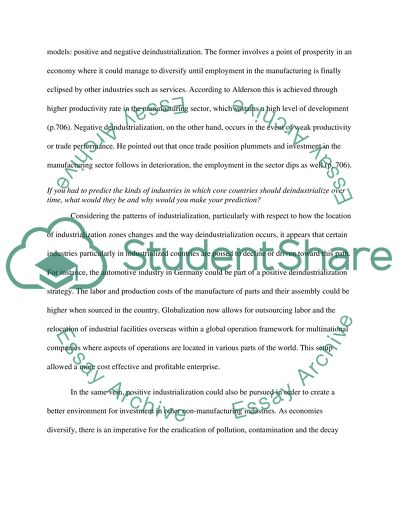Cite this document
(“Globalization Essay Example | Topics and Well Written Essays - 1000 words - 10”, n.d.)
Retrieved from https://studentshare.org/sociology/1663389-globalization
Retrieved from https://studentshare.org/sociology/1663389-globalization
(Globalization Essay Example | Topics and Well Written Essays - 1000 Words - 10)
https://studentshare.org/sociology/1663389-globalization.
https://studentshare.org/sociology/1663389-globalization.
“Globalization Essay Example | Topics and Well Written Essays - 1000 Words - 10”, n.d. https://studentshare.org/sociology/1663389-globalization.


